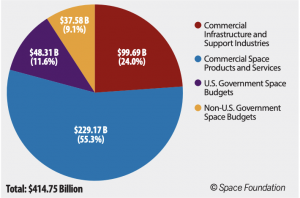Chevron on Friday agreed to acquire Anadarko Petroleum in a transaction valued at $47.5 billion, including equity and debt. Under the agreement, Chevron will acquire all of the outstanding shares of Anadarko for $65 a share — a 37% premium to Thursday’s closing price. Anadarko shareholders will receive a mixture of cash and stock.
Chevron is the second-largest US energy company behind Exxon Mobil and the transaction will expand the company’s capabilities in US shale oil and gas production. Many industry commentators have indicated consolidation in the fragmented sector is overdue, prompting speculation of further deal activity.
This year, 108 deals with a value of over $600 billion have been announced. North America was the most active region, however, Saudi Aramco’s $61.9 billion purchase of Saudi Basic Industries was a notable transaction outside the region. Energy deals so far this year have topped $110 billion, including both the Anadarko and the Saudi Basic Industries transactions.
Here are 10 of the largest M&A deals so far this year in ascending order of their valuation size:
Ultimate Software/Hellman & Friedman
Sector: High technology
Target name: Ultimate Software
Target nation: United States
Acquirer name: An investor group led by Hellman & Friedman
Acquirer nation: United States
Deal value net debt: $10.4 billion
Date Announced: February 4, 2019
Newmont Mining/Goldcorp
Sector: Materials
Target name: Goldcorp
Target nation: Canada
Acquirer name: Newmont Mining
Acquirer nation: United States
Deal value net debt: $12.5 billion
Date Announced: January 14
Centene/Wellcare
Sector: Healthcare
Target name: Wellcare
Target nation: United States
Acquirer name: Centene
Acquirer nation: United States
Deal value net debt: $13.5 billion
Date Announced: March 27
Read More – www.businessinsider.com

